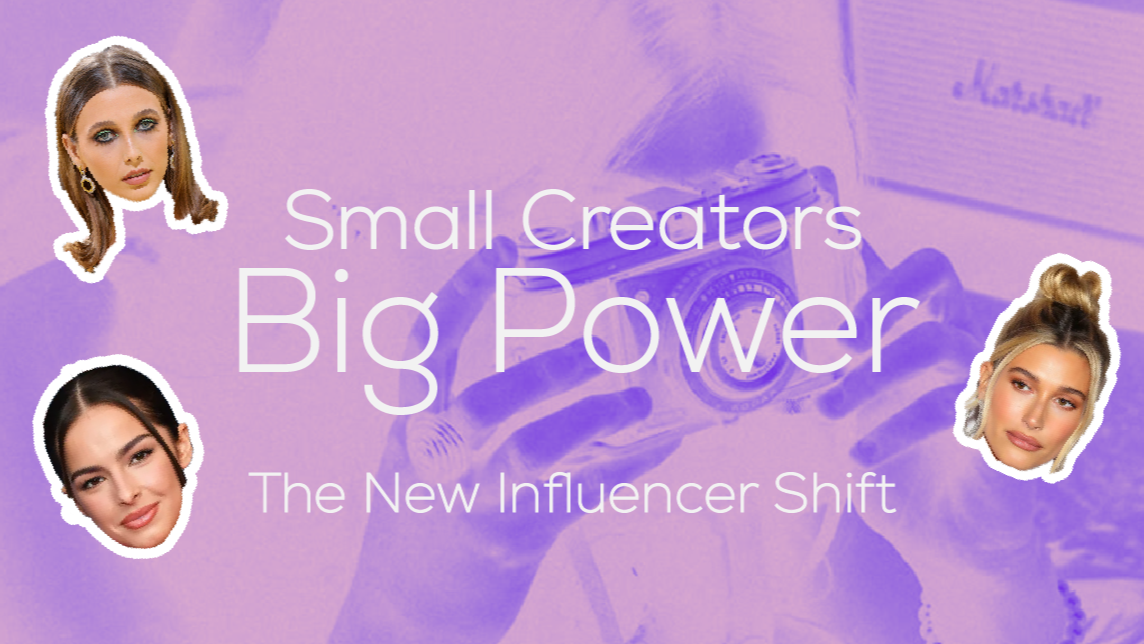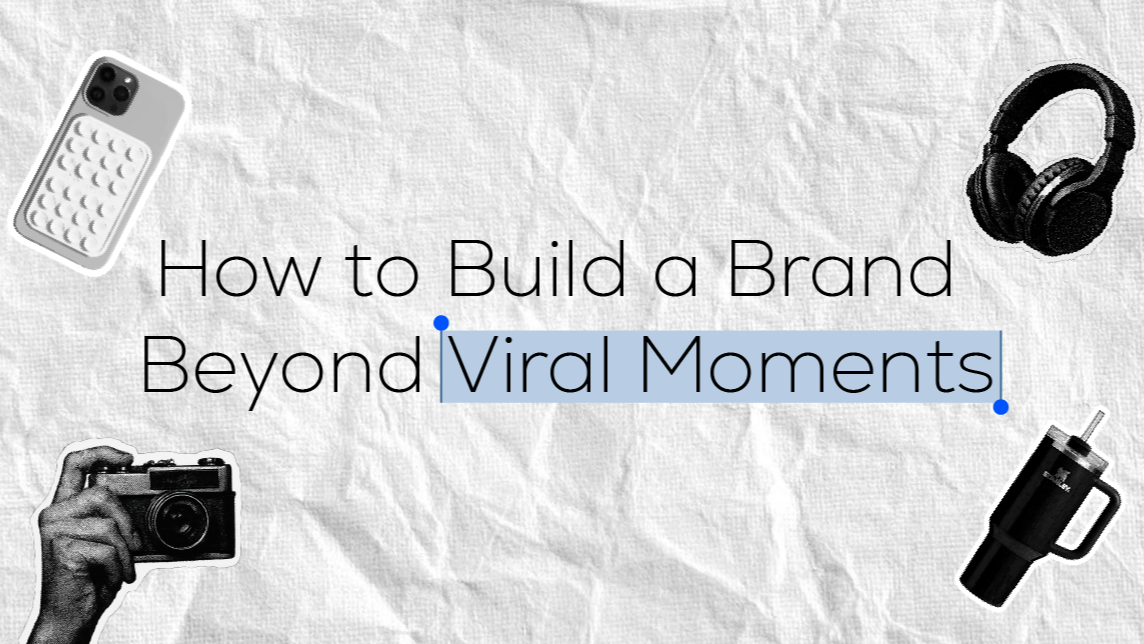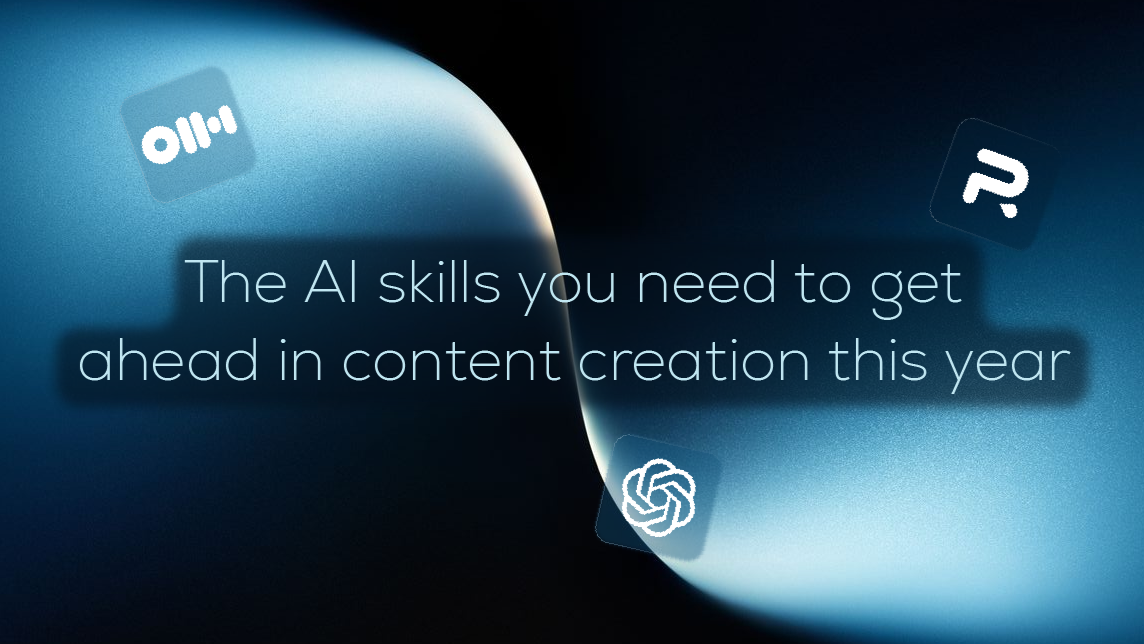The world of user interface design is changing fast. Tools like Bolt and Lovable let designers build interfaces visually. Low-code solutions, such as Lovable in collaboration with Supabase, make backend work easier.
Platforms like Figma and Webflow allow marketers and project managers to join design efforts. This breaks down old role lines, making teams work together better.
This change isn’t just about making things faster. It’s about who gets to create digital experiences. It’s opening up opportunities for more people to shape the digital world.
Key Takeaways
· Visual development tools are democratizing access to professional-level user interface design
· Market adoption of no-code/low-code platforms has surged 40% annually
· UI design collaboration between teams is accelerating through shared visual workspaces
· Modern platforms eliminate traditional barriers between design concepts and functional prototypes
· Organizations across industries are adopting these tools to cut development cycles by 50% or more
No code platforms have changed how designers work. They mix creativity with action in new ways. These tools let designers handle important steps without losing sight of design principles like order or balance.
Designers can now make working interfaces on their own. Tools like Figma and Webflow help teams agree on designs without needing code. But, designers must work with engineers for complex parts, keeping a balance.
Platforms like Bubble and Carrd let designs go live without losing their original intent. This avoids mistakes between design and development, keeping designs consistent. Designers use principles like alignment and unity to keep designs polished.
Webflow lets designers build responsive websites with its CSS Grid editor. It has a visual layout tool for making quick changes to spacing and grids. This ensures interaction design principles are followed easily. Prices start at $12/month, great for prototyping e-commerce or portfolio sites.
Generative AI goes even further. It creates many design options from just a few words. Designers can now focus on choosing the best ideas, not just making them.
By using no-code tools and AI, designers can create better experiences for everyone. As these tools get better, they will help break down barriers. This will lead to better teamwork between designers, developers, and users.







